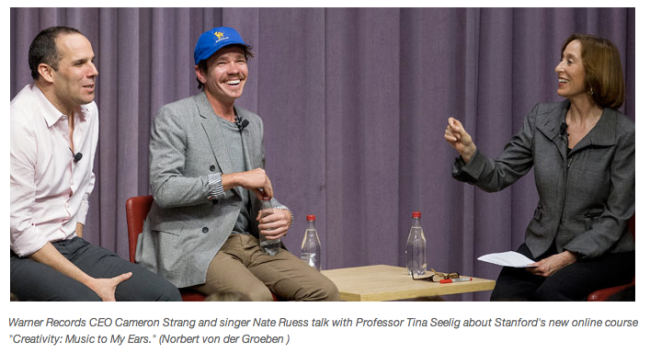If you want to ultimately become a Go-To for higher margins and growth, it helps to pick the right markets and positioning from the get go.
One of my clients is the Go-To in a particular dimension of the telecommunications industry, but you don’t have to look very far on the horizon to see that this market will mature soon. It’s time to pivot. So we are in the midst of a market analysis to figure out where to play next. Here is a simple diagram that’s guiding our efforts. On one hand, it seems really obvious. On the other hand, you’d be surprised at how few people use these three simple criteria as a way to evaluate potential market opportunities. The intersection of all three is, of course, the sweet spot – where you’ll find the pot of gold.

Your Strengths
Always start with what the company is good at, especially what it’s uniquely good at. Go ahead and do your usual SWOT analysis, but put a special emphasis on strengths that differentiate you and will give you competitive advantage. These will give you a running start and help you smoothly migrate from your current markets and offerings to the new ones you choose. They also help to keep you honest as you get tempted to jump into exciting emerging markets that just don’t make sense for your company.
Growth Markets With Active Spending
I could write a book on this topic alone, and many people have, but here is the two-paragraph version: Look past fads and analyze emerging, enduring trends. Look at growth markets related to the market you currently play in. What’s happening in those markets? What are their business imperatives and problems? What will help them succeed? Imagine the market segments as a map of countries and pick ones that share a border with your current market. Eliminate those that don’t value your areas of strength. Look for markets and opportunities where the barriers to entry are reasonably high, especially for companies without your particular strengths.
Be sure to zero in on ones where companies are actively spending, or at least will be spending by the time you are ready to go to market. This is key. It doesn’t matter how great your offering is if companies aren’t allocating budgets in that area. You’re just setting yourself up for a major uphill battle. (I’ve made this mistake myself and have the scars to prove it.) In fact, as you go out to the market to have conversations and bounce your strategy and prospective offerings off of potential customers, ask them outright if this is something they would have budget for during this fiscal year (or whenever you’d get to market). Where are the intersections between business needs/problems in these growth markets and your company’s strengths?
Competitive White Space
Now look at the competitive landscape. Where is no one else is playing? Which business problems in these markets is no one else addressing? Where are the gaps? Which companies out there are good complements to your company and potential offerings – who are the good potential partners?
Find the Intersection
Now look at where all three circles come together – a growth market with active spending and healthy barriers to entry that plays to your strengths and where there is little or no competition. That’s where you are going to find a nice pot of gold waiting for you. All you have to do now is craft products, solutions or other offerings that solve specific business problems and have a strong value/cost ratio.





